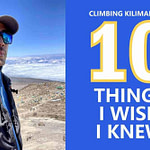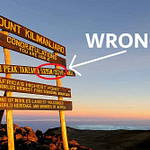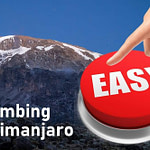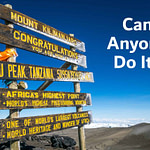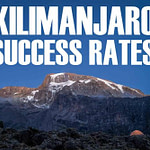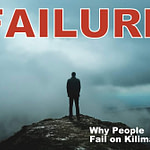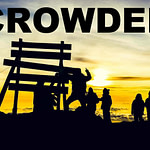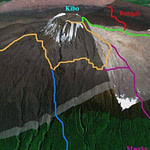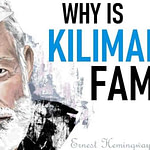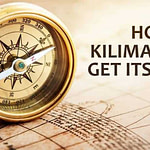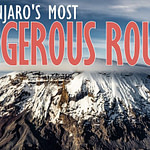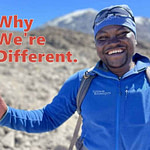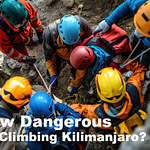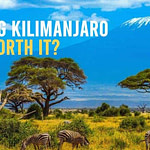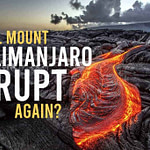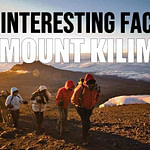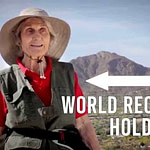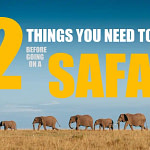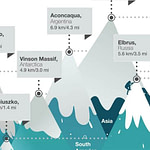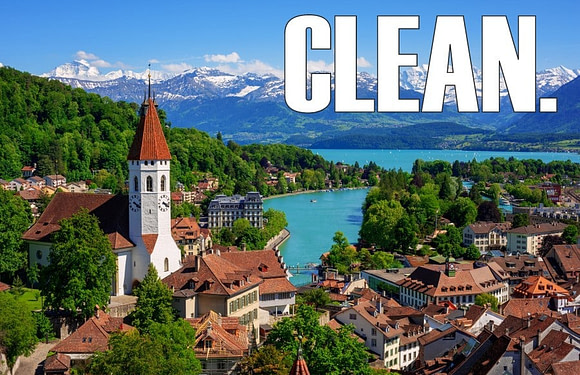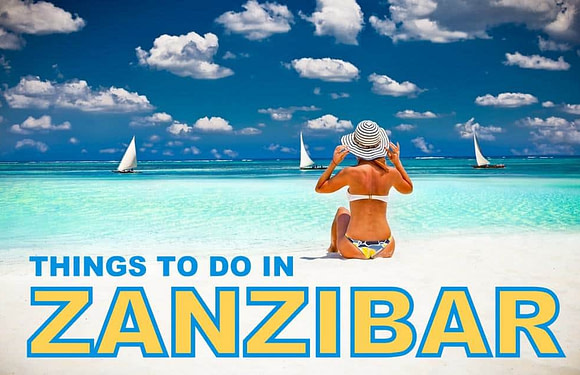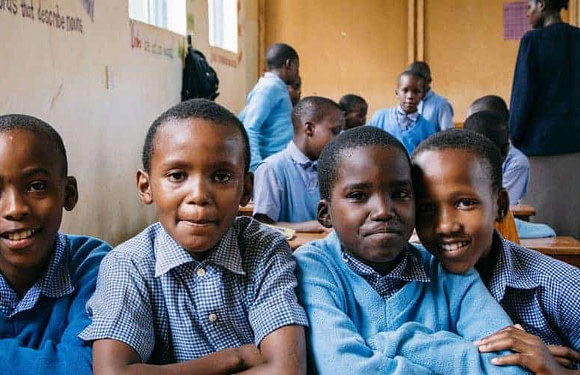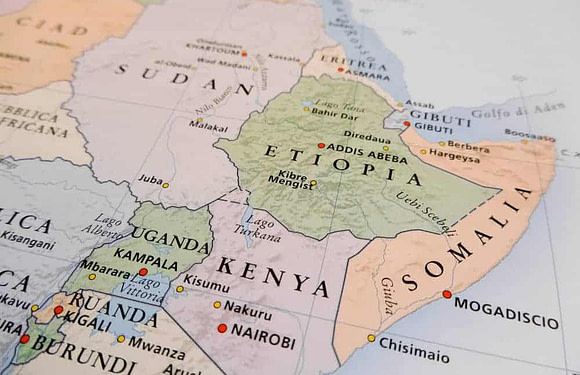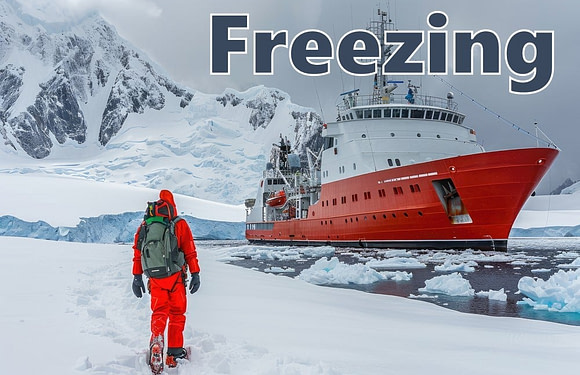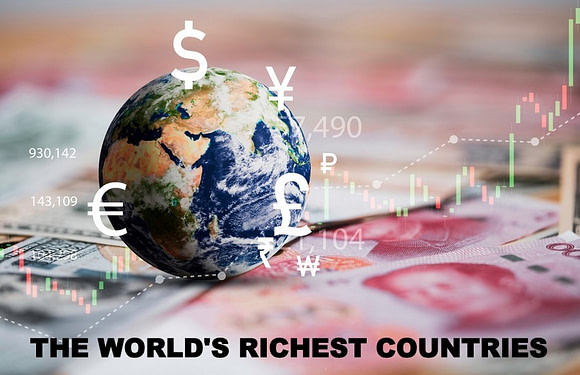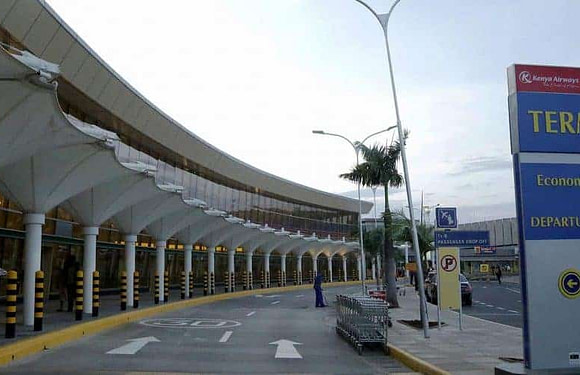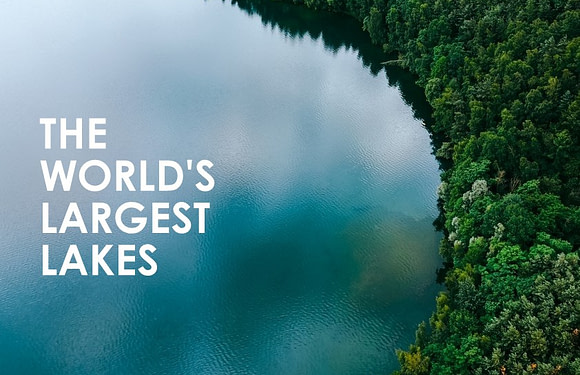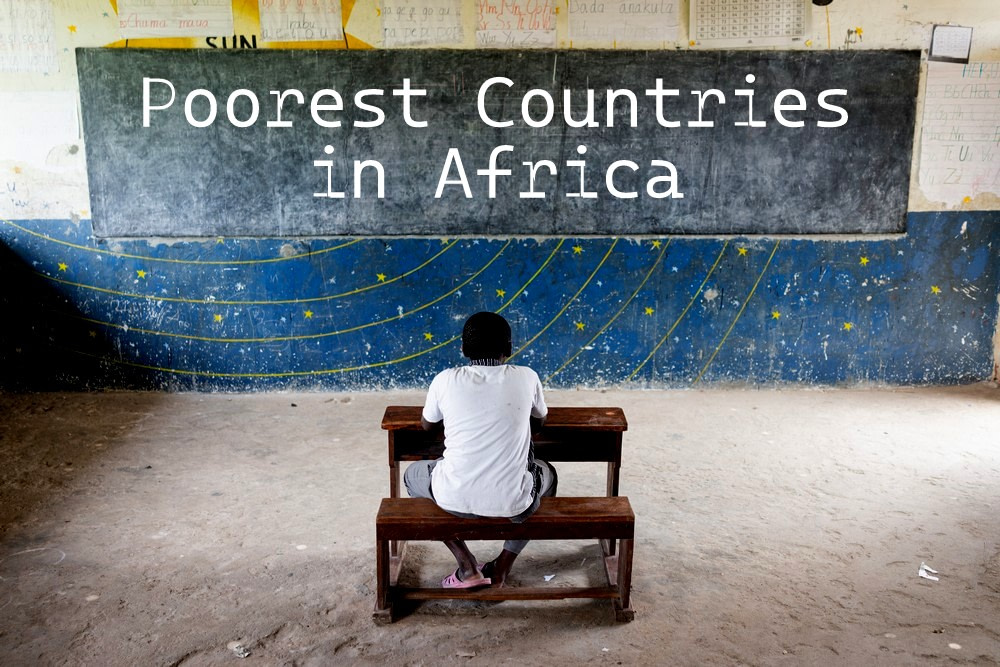
Africa has natural wealth, young populations, and fast-growing cities. But it also faces some of the world’s toughest economic challenges.
It is the poorest continent in the world. In many of its countries, poverty is widespread. Of the 26 countries the World Bank defines as low income, 22 are African. These are places where most people earn less than $2 a day and basic services are hard to find. Daily life remains a fight for food, water, and work.
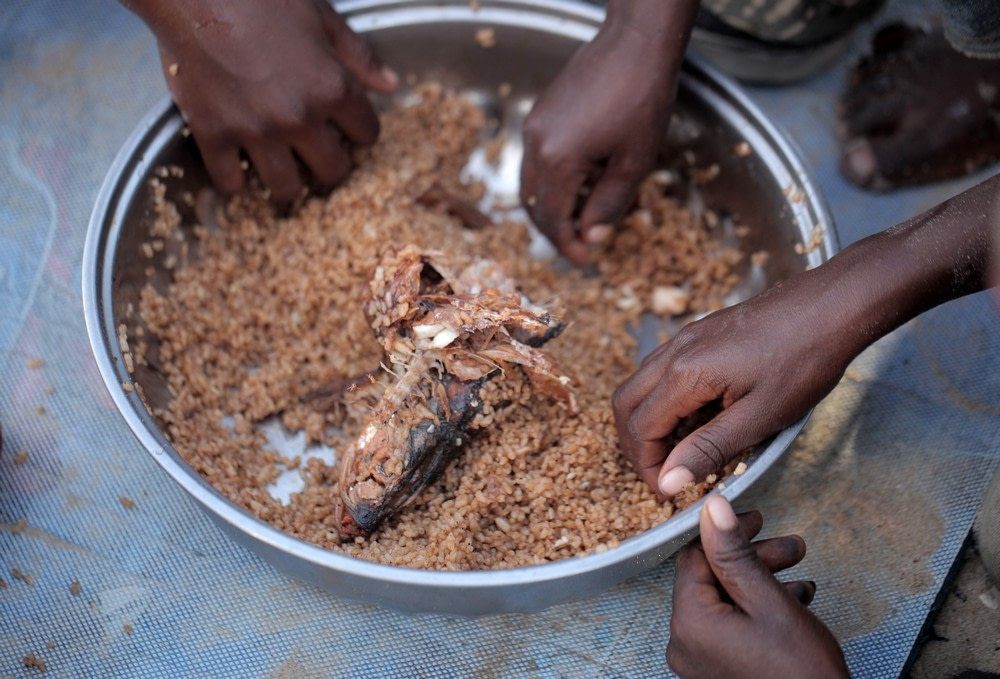
Measuring a Nation’s Wealth
Gross Domestic Product (GDP) is a measurement of the total size of a country’s economy. It tracks the total value of goods and services produced within a nation. Bigger countries usually have bigger GDPs. For rich countries, GDP shows global influence and trade power. However, GDP does not tell you how wealthy the average person is.
GDP per capita takes the total GDP and divides it by the population. It reveals how much value the economy creates per person. So while GDP tells you how big an economy is, GDP per capita helps you understand how far that economy goes toward meeting the needs of its people. That makes it a better tool for understanding poverty in Africa.
Poorest Countries in Africa by GDP Per Capita (2025)
| Rank | Country | GDP (Million USD) | Population | GDP per Capita (USD) |
|---|---|---|---|---|
| 1 | South Sudan | 5,500 | 12,200,000 | 448 |
| 2 | Sierra Leone | 6,410 | 8,800,000 | 529 |
| 3 | Malawi | 12,300 | 22,200,000 | 552 |
| 4 | Madagascar | 18,900 | 32,700,000 | 577 |
| 5 | Central African Republic | 3,200 | 5,500,000 | 582 |
| 6 | Burundi | 2,642 | 14,400,000 | 602 |
| 7 | Mozambique | 23,800 | 35,600,000 | 668 |
| 8 | Niger | 18,700 | 27,900,000 | 672 |
| 9 | Democratic Republic of the Congo | 79,900 | 112,800,000 | 708 |
| 10 | Liberia | 4,890 | 6,430,000 | 760 |
The 10 Poorest Countries in Africa
1. South Sudan (GDP per capita: $448)
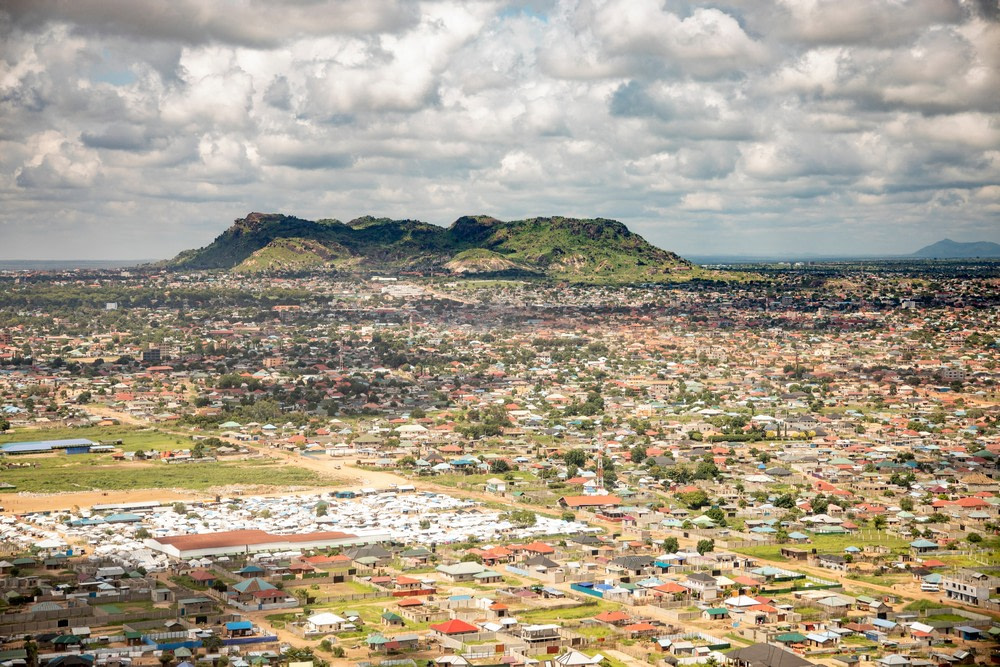
Oil-rich but broken by war, South Sudan is the poorest country in Africa. Decades of civil conflict have left its economy in ruins. Roads are impassable during the rainy season. Markets, schools, and clinics are scarce outside major towns.
The government is weak and often absent. Corruption is endemic. Though oil drives national revenue, most of it is siphoned off or lost to conflict. Inflation and food prices remain high. Malnutrition is rampant, especially among children.
International aid keeps millions alive. Access to clean water, sanitation, and electricity is extremely limited. Most people live in thatched huts and depend on hand tools for farming. Until stability returns, development will remain stalled.
2. Sierra Leone (GDP per capita: $529)
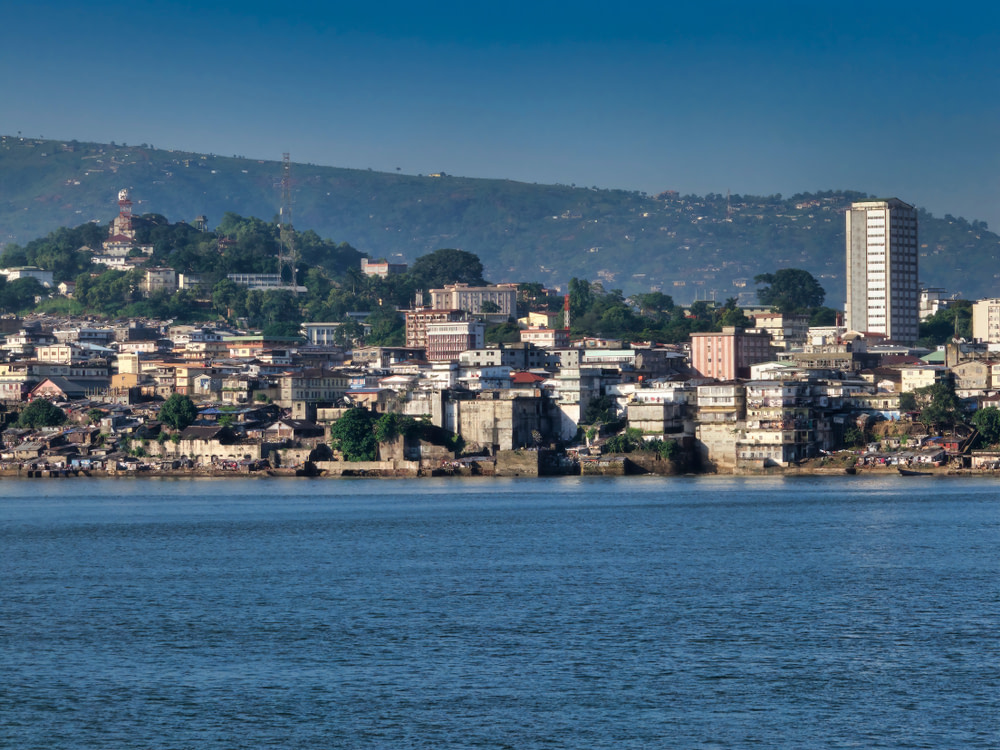
Sierra Leone’s economy never fully recovered from its 1991-2002 civil war. Fighting wrecked power plants, bridges, and schools. Recent elections were narrow and disputed, deepening partisan rifts and stalling lawmaking. Opposition boycotts and street protests have turned violent, most recently in November 2023 when gunmen attacked a Freetown barracks and the government imposed curfews.
Diamond wealth flows abroad through informal channels, so few citizens feel any benefit. Farming is largely subsistence, yields are low, and market access is poor.
Basic services lag. Only about three in ten citizens have electricity; in rural areas access falls below one in twenty. An energy crisis in 2024 forced the minister to resign after unpaid bills caused nationwide blackouts. Health systems still bear scars from the 2014-16 Ebola outbreak. Clinics lack medicines, and trained staff leave for better pay overseas. Inflation erodes wages. Youth unemployment drives migration. The government seeks to attract mining and tourism projects, yet weak roads, frequent blackouts, and corruption keep investors wary.
3. Malawi (GDP per capita: $552)
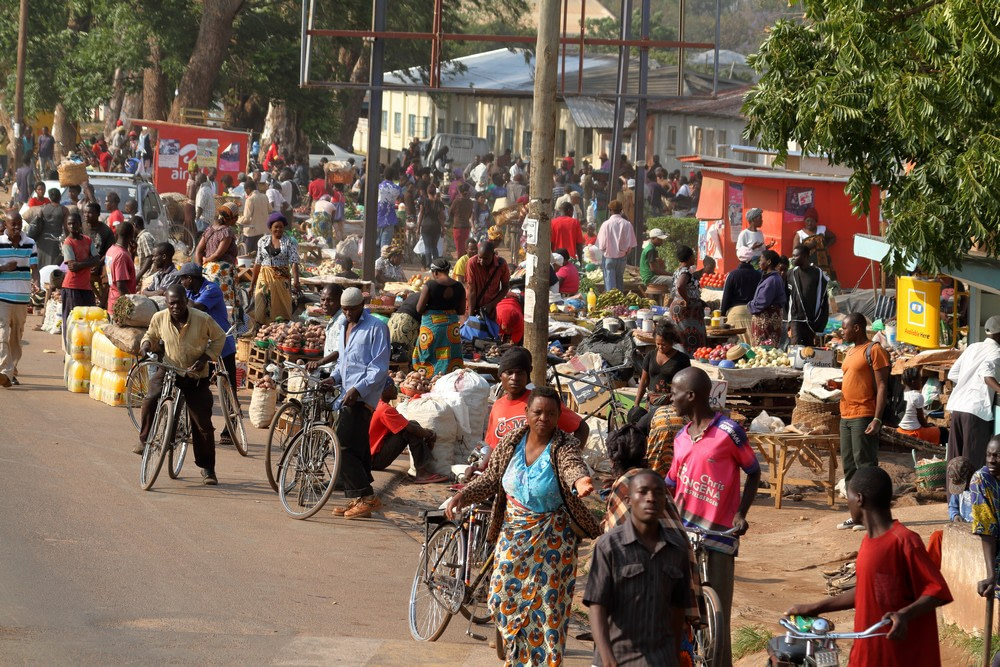
Malawi is a small, peaceful country, but it’s desperately poor. The economy is based on agriculture, especially maize and tobacco. Most farmers use traditional methods, leaving them vulnerable to drought and climate shocks.
The population is growing rapidly. Urban areas are expanding but job opportunities are limited. Health and education services have improved but are stretched thin. Electricity access is concentrated in cities. Many rural communities live without it entirely.
Malawi’s government has struggled with corruption and debt. A lack of natural resources and dependence on foreign aid limit economic growth. Still, the country is known for its friendliness and safety. Tourism is slowly expanding around Lake Malawi and its scenic highlands.
4. Madagascar (GDP per capita: $577)
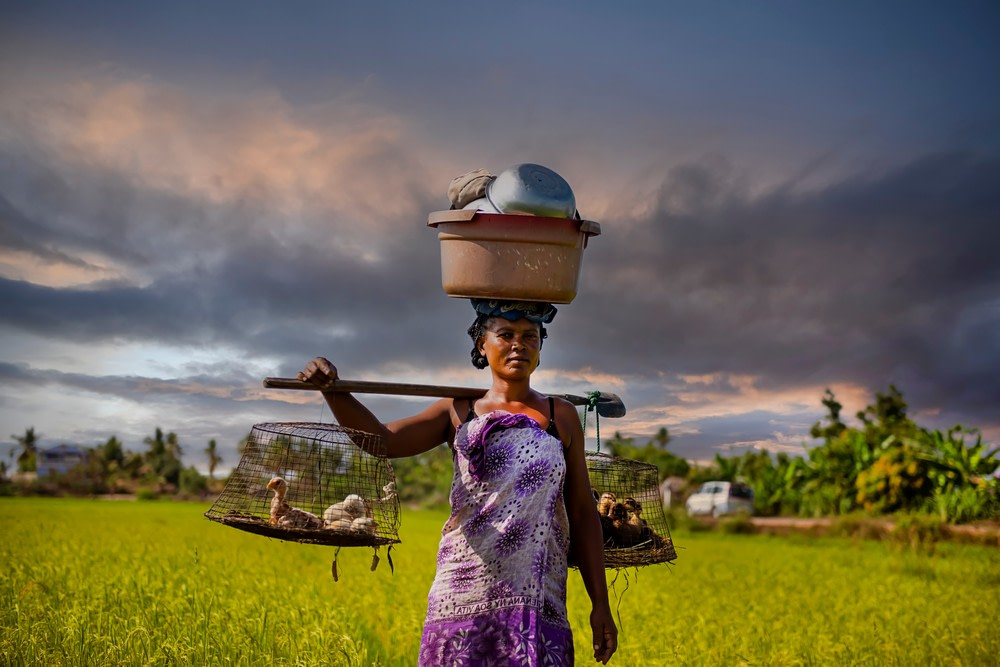
Madagascar is rich in biodiversity but poor in income. Most people live on less than $2 a day. The island’s economy is based on agriculture, fishing, and mining. Vanilla and cloves are major exports, but price fluctuations hurt farmers.
The country suffers frequent cyclones and droughts. Climate shocks destroy crops and damage roads. Education and healthcare are underfunded. Access to clean water and sanitation is limited, especially in rural areas.
Governance has been unstable. Political crises and corruption undermine progress. Still, tourism is growing slowly, thanks to the island’s unique wildlife and landscapes. If infrastructure and investment improve, Madagascar could lift millions out of poverty.
5. Central African Republic (GDP per capita: $582)
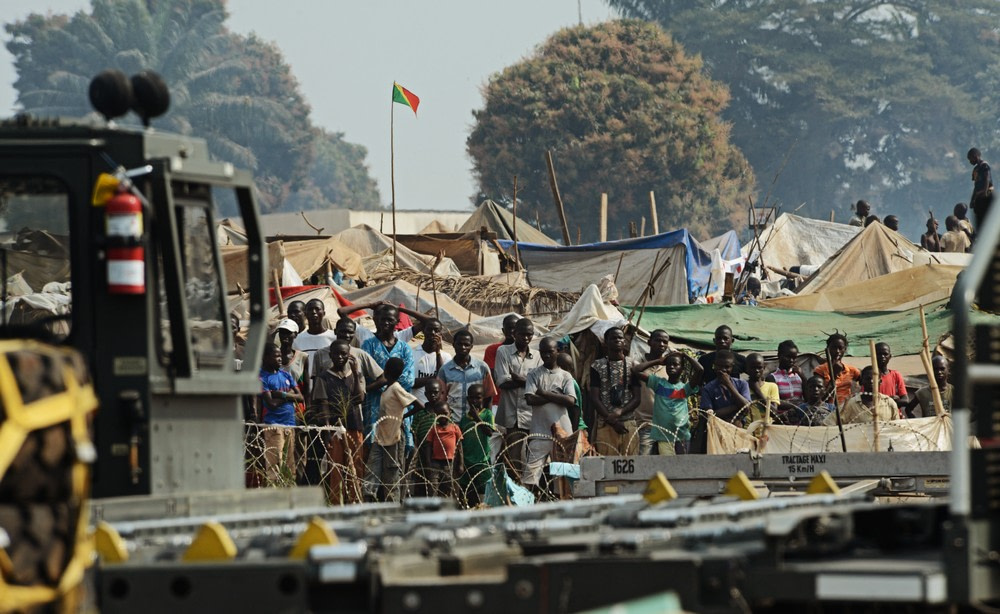
The Central African Republic (CAR) has been stuck in crisis for decades. Conflict, coups, and weak governance have made development almost impossible. Armed groups operate across large parts of the country. Transport, banking, and healthcare systems barely function.
Despite massive natural wealth (gold, diamonds, and forests) most people live in deep poverty. There is little formal employment. Schools and hospitals are scarce outside Bangui, the capital. Electricity is unreliable even in cities.
Many depend on firewood, subsistence farming, and humanitarian aid. Roads become impassable during rains. Insecurity drives people from their land. CAR is a textbook case of how resource wealth can fail to translate into prosperity when governance breaks down.
6. Burundi (GDP per capita: $602)
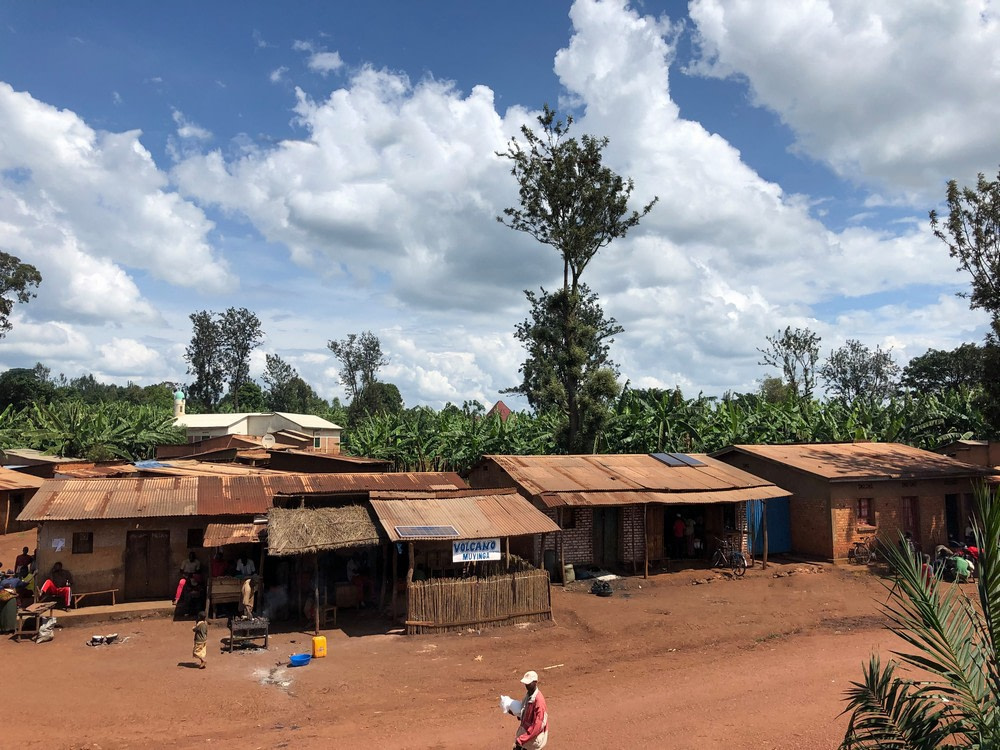
Burundi is the one of the most impoverished nations on earth. Landlocked and densely populated, it faces enormous development challenges. Over 80% of people rely on subsistence agriculture. There is little industrial base, few exports, and chronic food insecurity.
Burundi also suffers from political instability. A civil war from 1993 to 2005 killed hundreds of thousands. Though peace has returned, democratic institutions remain fragile. Corruption and weak infrastructure limit foreign investment. Electricity access is among the lowest in the world.
Most households live without running water, reliable roads, or healthcare. Malnutrition is widespread. Education enrollment has improved but remains low. Despite its green hills and cultural richness, Burundi remains trapped in extreme poverty.
7. Mozambique (GDP per capita: $668)
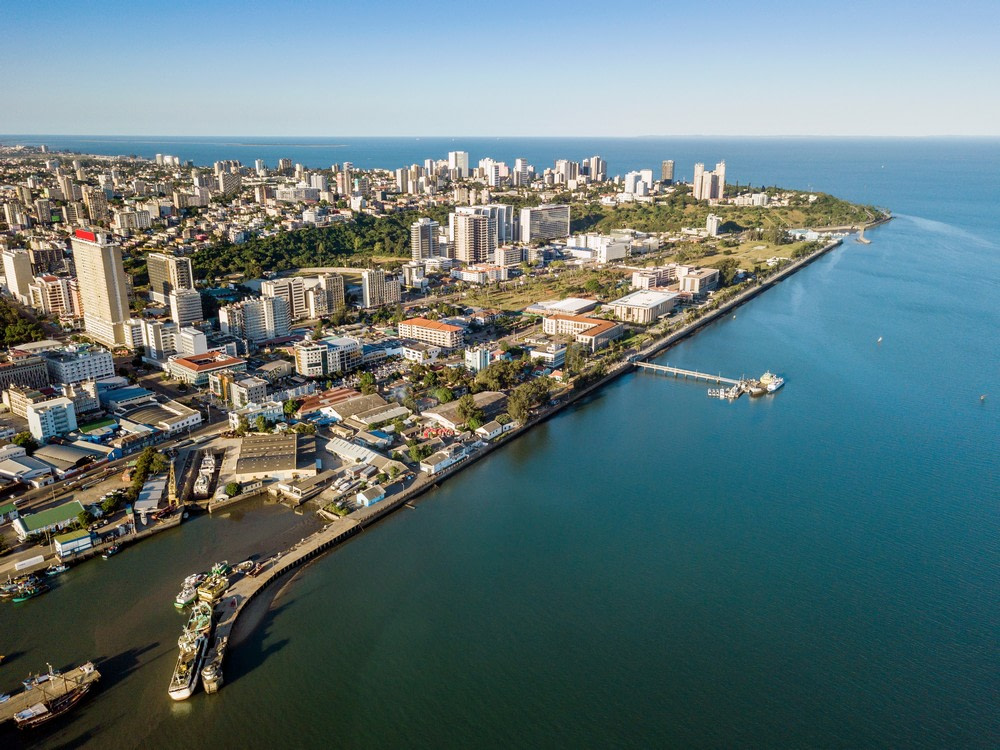
Mozambique has natural gas, coal, and a long coastline—but most citizens are still poor. The country emerged from civil war in 1992 and has made some economic progress, but benefits are uneven. Rural areas lack roads, clinics, and schools.
A violent Islamist insurgency in the north has displaced hundreds of thousands. Corruption and debt scandals have damaged public trust. The discovery of offshore gas brought hope, but development has been slow and plagued by instability.
Agriculture employs most people but yields are low. Many families rely on small plots of land and seasonal rains. Urban growth is strong but doesn’t lift everyone. The gap between rich and poor is widening, especially in Maputo.
8. Niger (GDP per capita: $672)
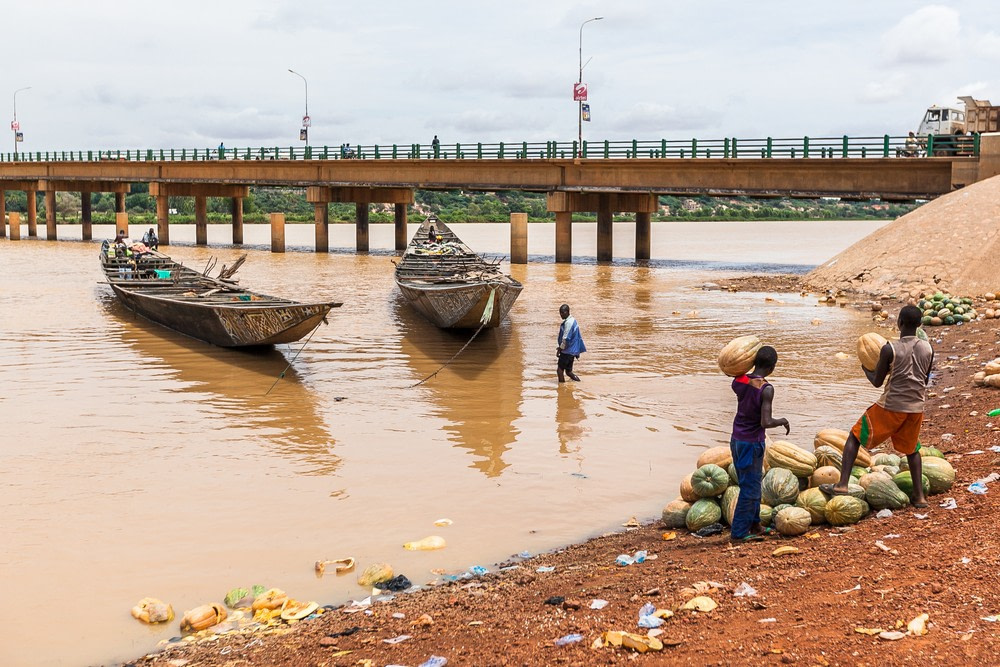
Niger lies at the bottom of many development indexes. Most of its land is desert. Rainfall is scarce and agriculture struggles. Livestock and small-scale farming dominate the economy. Few people work in the formal sector.
Rapid population growth is a major challenge. Niger has one of the world’s highest fertility rates. This puts pressure on land, water, and public services. Schools and clinics are overwhelmed. Child marriage and gender inequality remain widespread.
Niger is also vulnerable to insurgent attacks, especially in border areas. Despite having uranium and oil, the country remains heavily reliant on aid. Infrastructure is limited and unreliable. Without better governance and investment, poverty will remain entrenched.
9. Democratic Republic of the Congo (GDP per capita: $708)
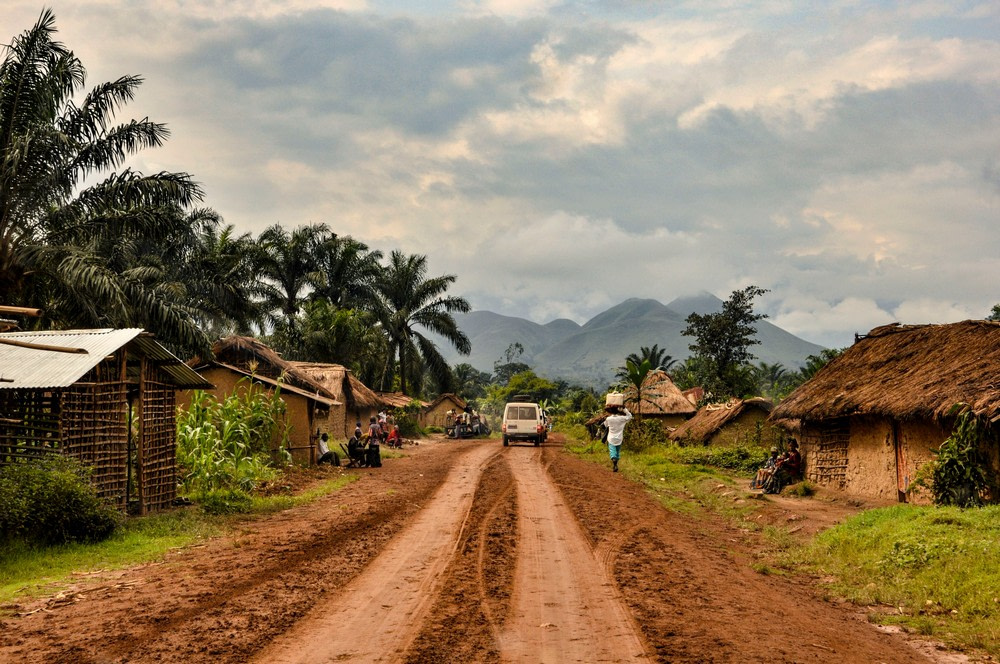
The DRC is vast, rich in minerals, and critically underdeveloped. While it holds the world’s largest cobalt reserves and abundant copper, gold, and diamonds, this wealth fuels conflict rather than growth. Armed groups exploit mines in the east, keeping the region unstable.
Most Congolese live without clean water, electricity, or formal employment. Malnutrition and preventable diseases remain widespread. Roads, railways, and power grids are patchy or nonexistent. Even in cities, blackouts and water shortages are common.
Corruption and mismanagement plague government services. Infrastructure projects often stall or collapse. Still, the country has huge potential. If stability ever takes root, the DRC could be one of Africa’s wealthiest nations.
10. Liberia (GDP per capita: $760)
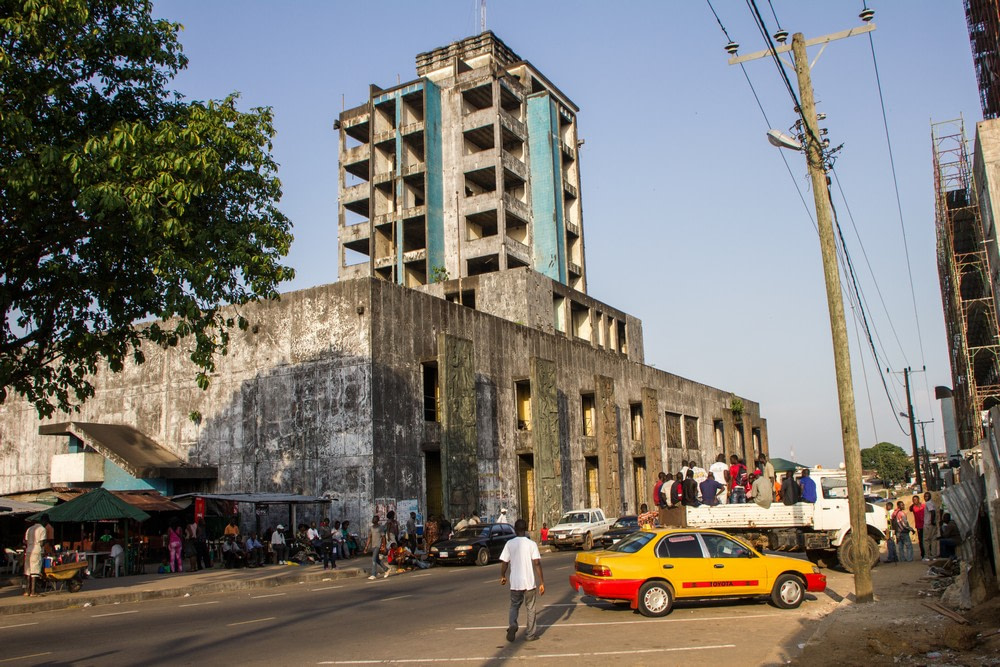
Liberia is still rebuilding from two brutal civil wars that ended in 2003. Infrastructure was destroyed, institutions collapsed, and entire generations were left traumatized. Ebola outbreaks and economic shocks have added to the struggle.
The economy is heavily dependent on aid, remittances, and small-scale mining. Roads, electricity, and sanitation are unreliable, even in the capital Monrovia. Outside the city, services are minimal.
Corruption remains a problem. Youth unemployment is high. Schools are overcrowded and poorly equipped. Yet Liberia is stable and democratic. Its people are resilient, and there is hope for long-term recovery if reforms continue.
Why is Africa So Poor?
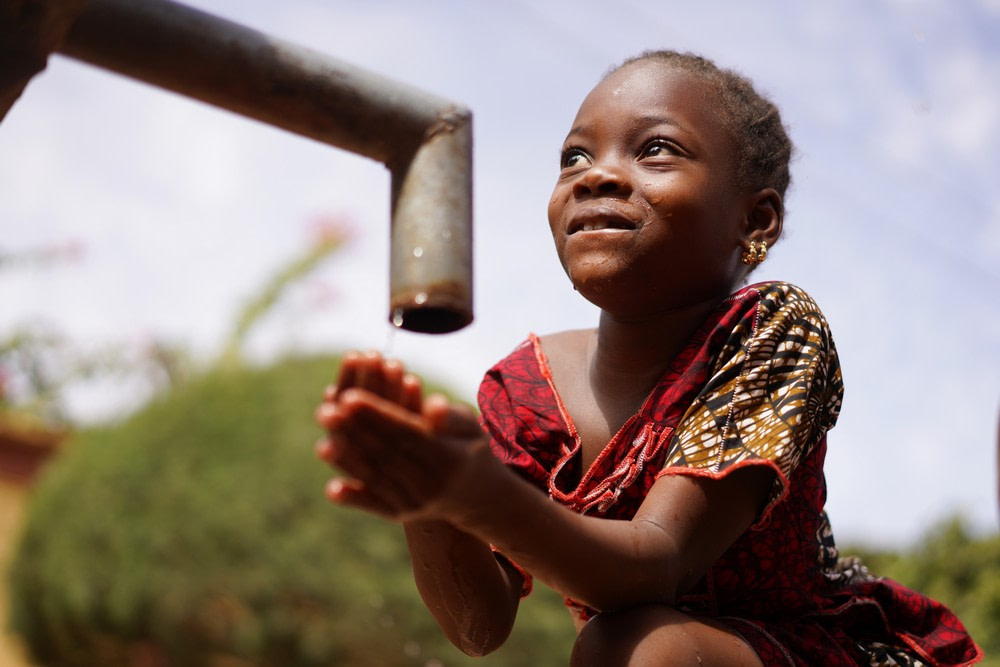
Extreme poverty in Africa has deep roots. It’s not caused by one thing. It’s the result of bad systems, bad geography, and bad leadership.
Many African countries were never designed to succeed. Colonial powers created systems to exploit resources, not to develop strong, self-reliant states. After independence, leaders were handed broken institutions that were understaffed, underfunded, and easy to abuse. Some used them to enrich themselves at the expense of nation building. Corruption became routine. Decades later, the damage remains. In many places, schools barely function, clinics lack medicine, and roads crumble faster than they’re repaired.
Geography also makes things harder. Many of the poorest countries in Africa are landlocked, with no direct access to sea routes. This raises the cost of trade and slows economic growth. Without ports, imports are expensive and exports less competitive. Infrastructure is often weak.
Finally, population growth adds more pressure. In many places, the number of people is growing faster than the economy. That means more mouths to feed, more students to teach, and more strain on weak systems. Without serious investment, poverty spreads.
Is Africa Getting Richer?
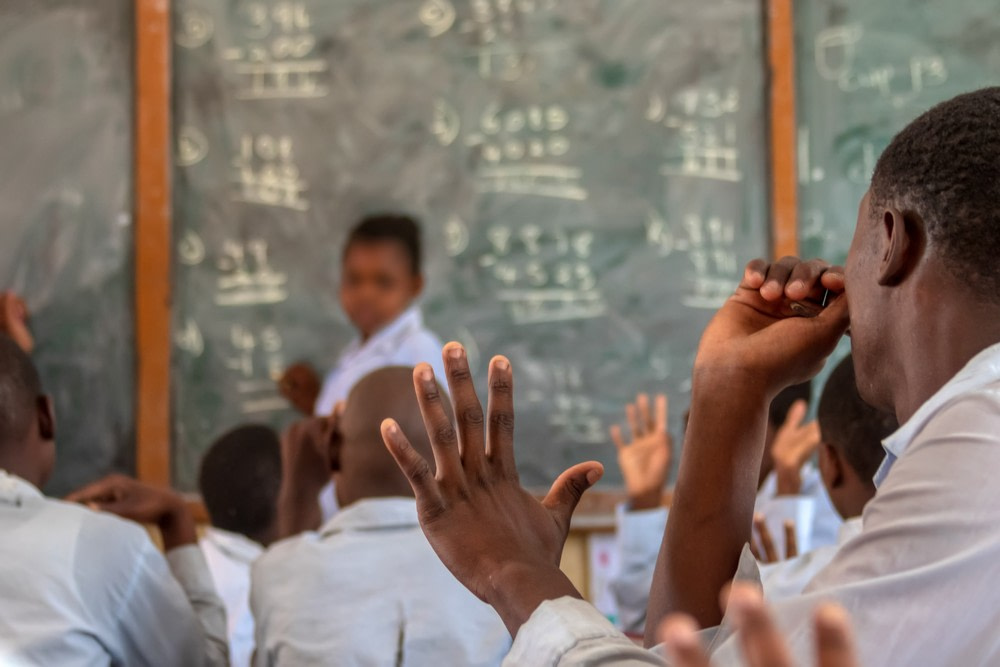
Africa is young, resource-rich, and full of potential. But to lift millions out of poverty, countries need good governance, infrastructure investment, and access to global trade. Where these conditions exist, progress follows. Where they don’t, poverty will likely persist for decades to come.
Some countries like Rwanda, Ethiopia, and Ghana have made strong economic gains. Tanzania, Kenya, and Senegal have also shown steady growth, driven by political stability and investment in roads, energy, and education. Others, like Burundi and South Sudan, remain stuck in extreme poverty, held back by conflict, poor leadership, and weak institutions.


